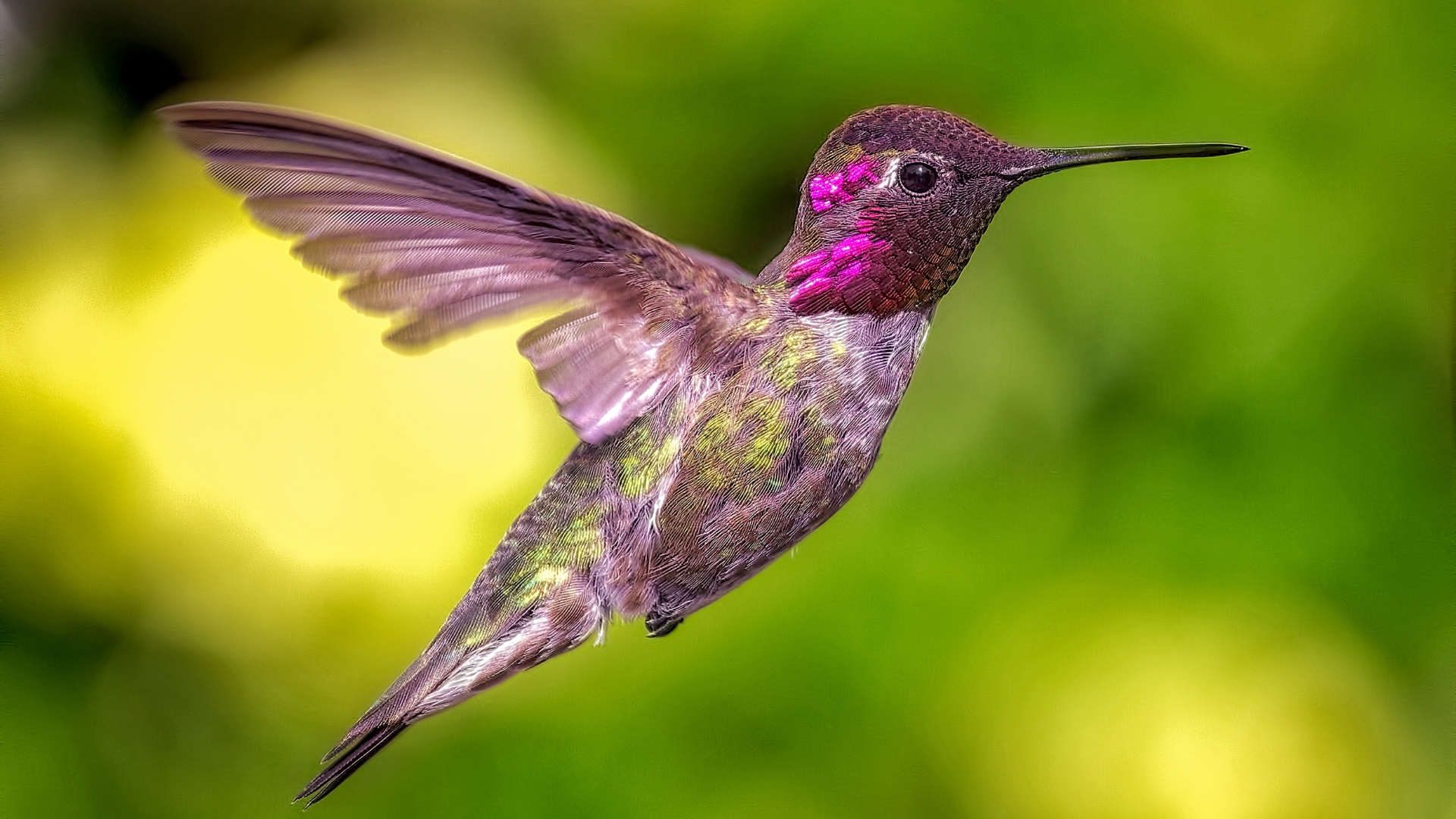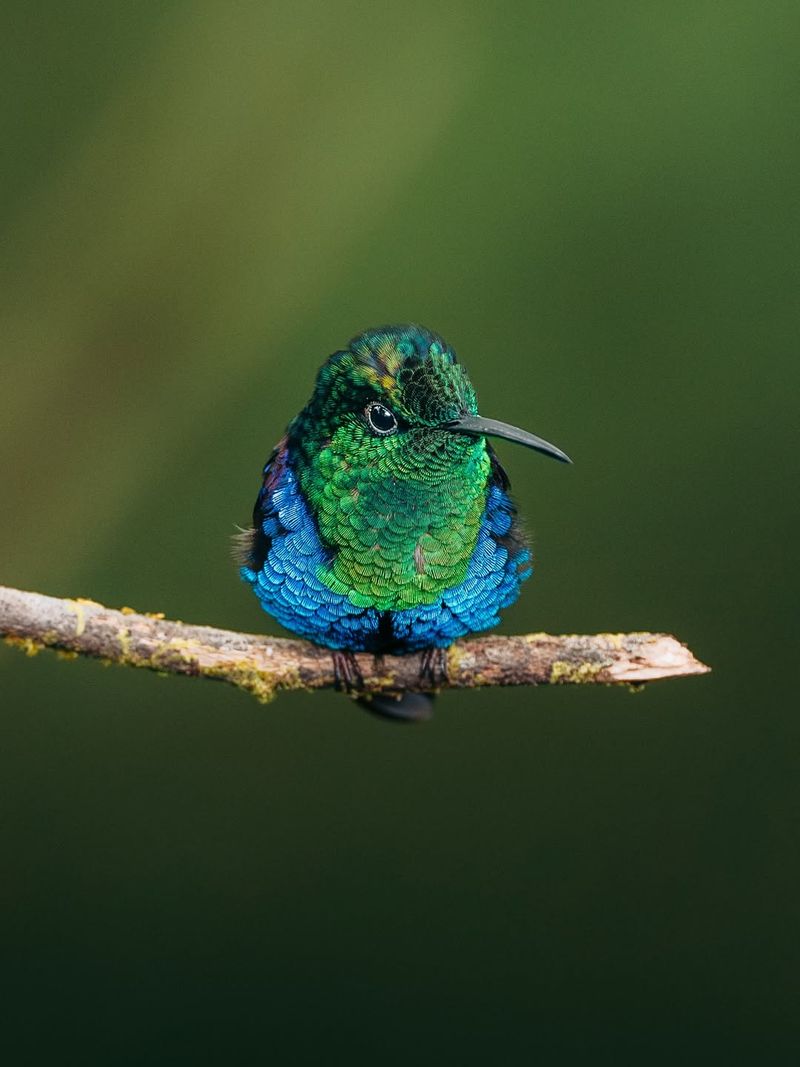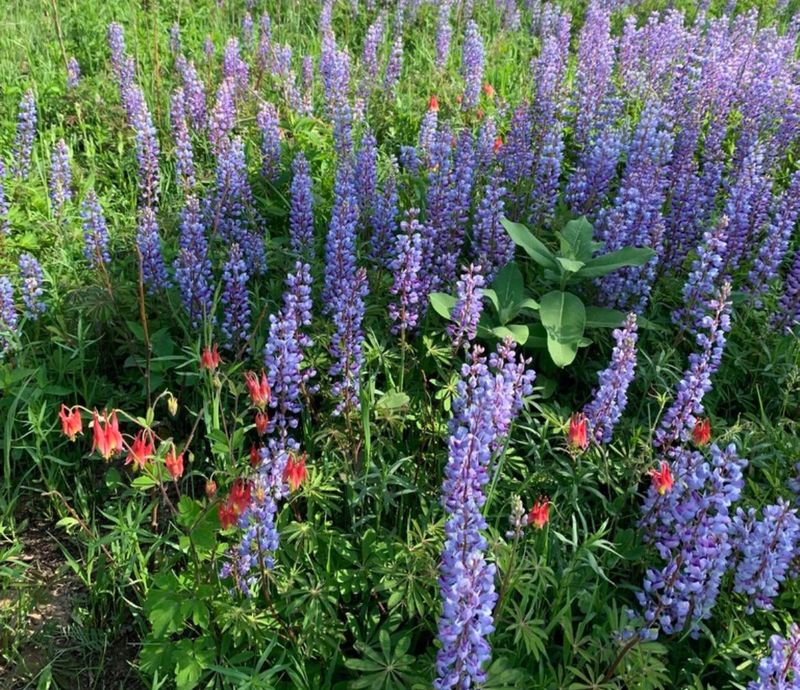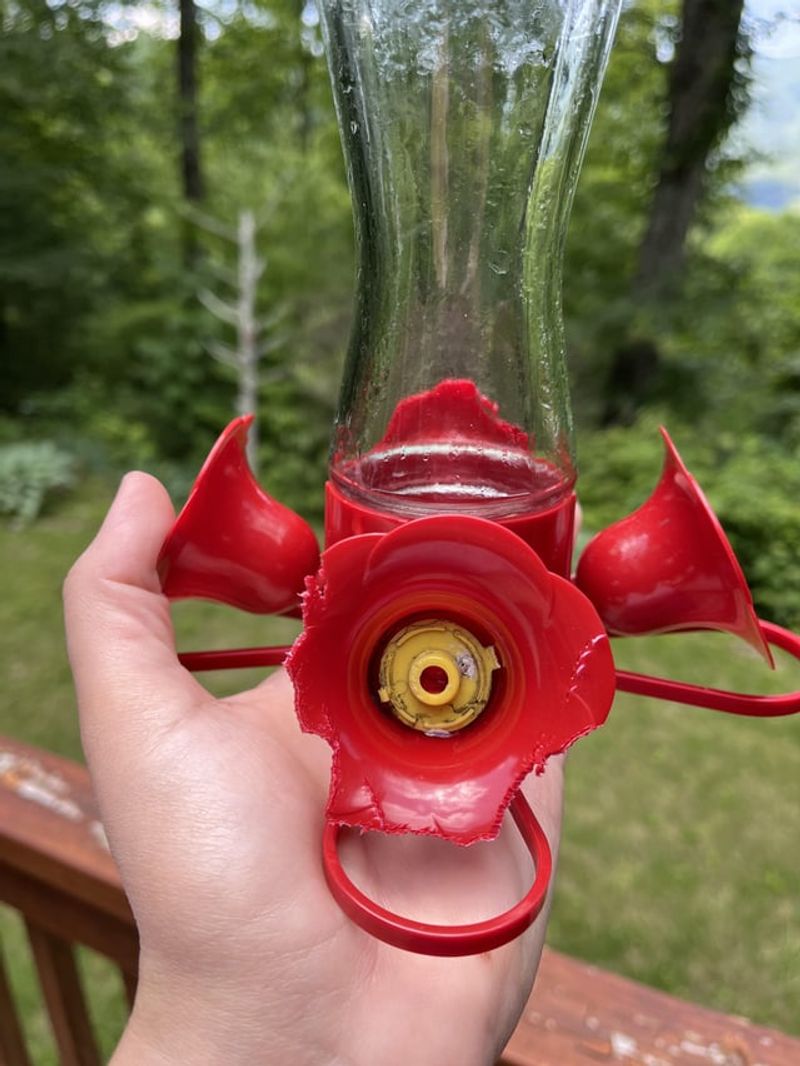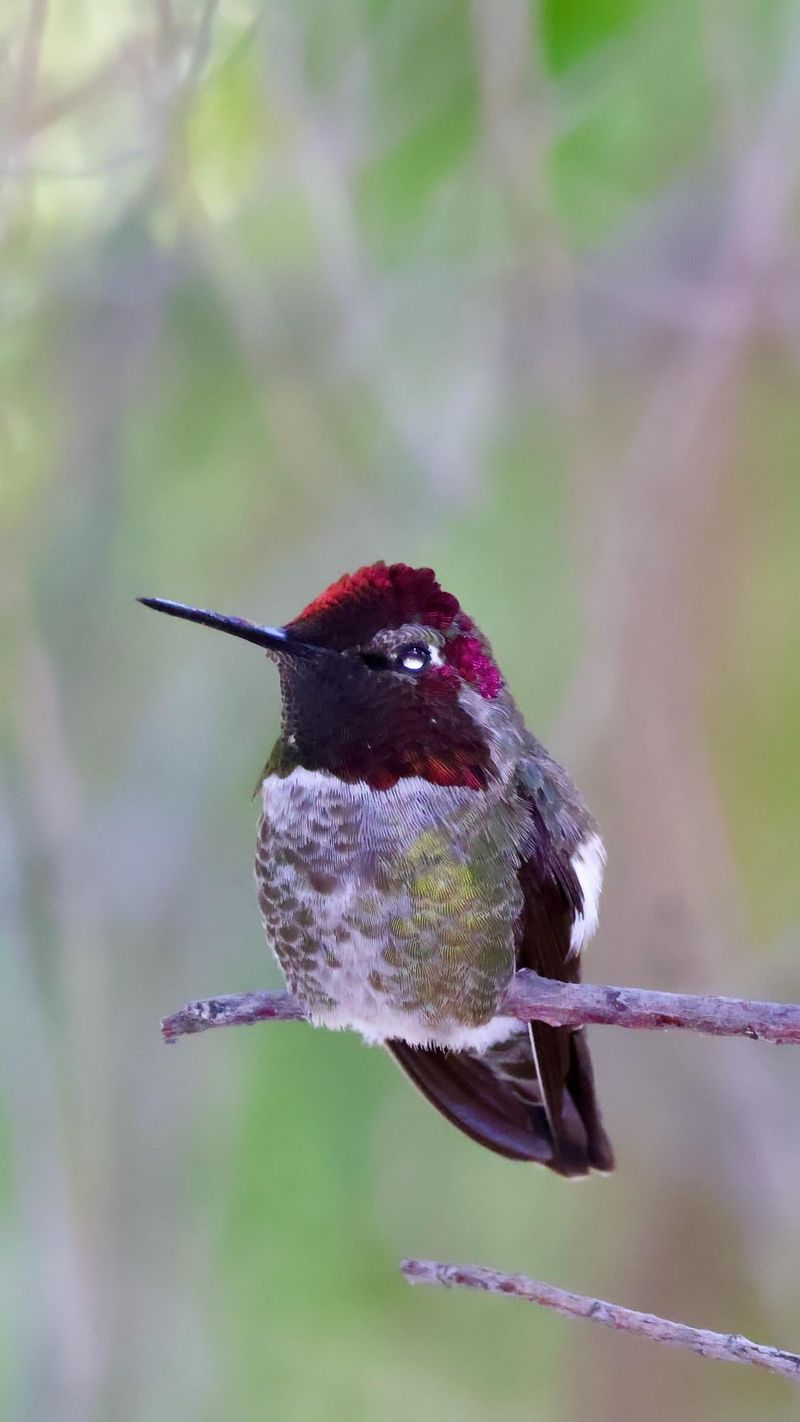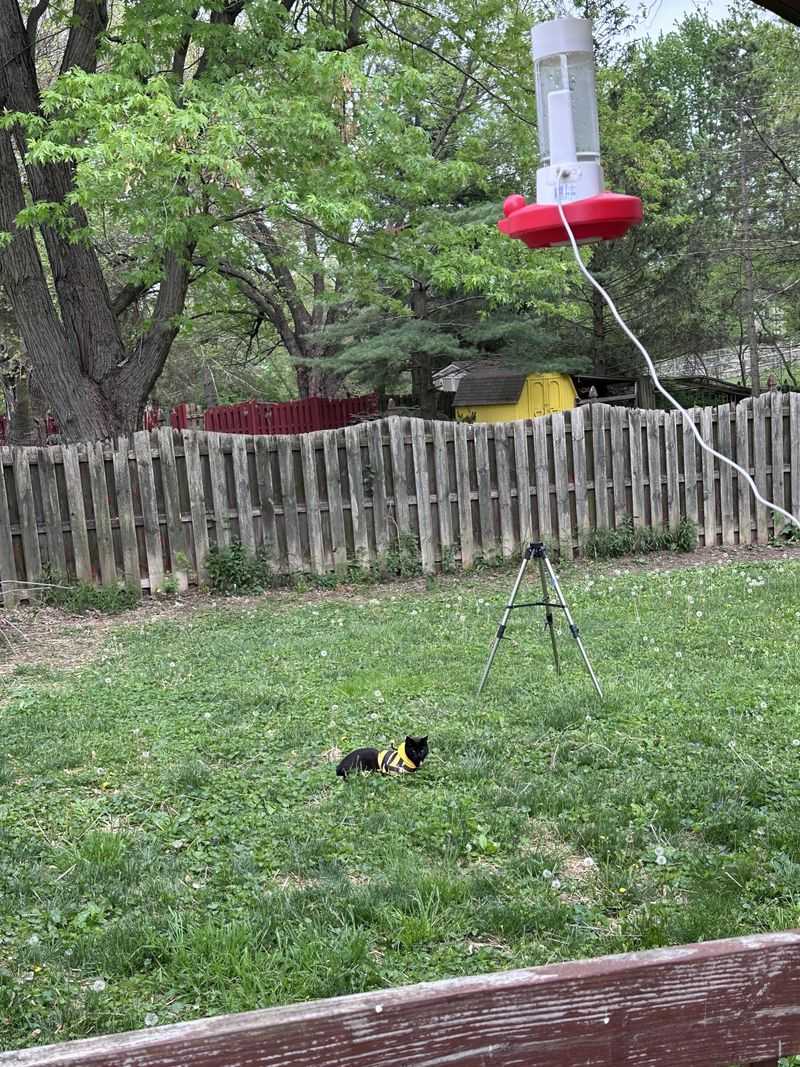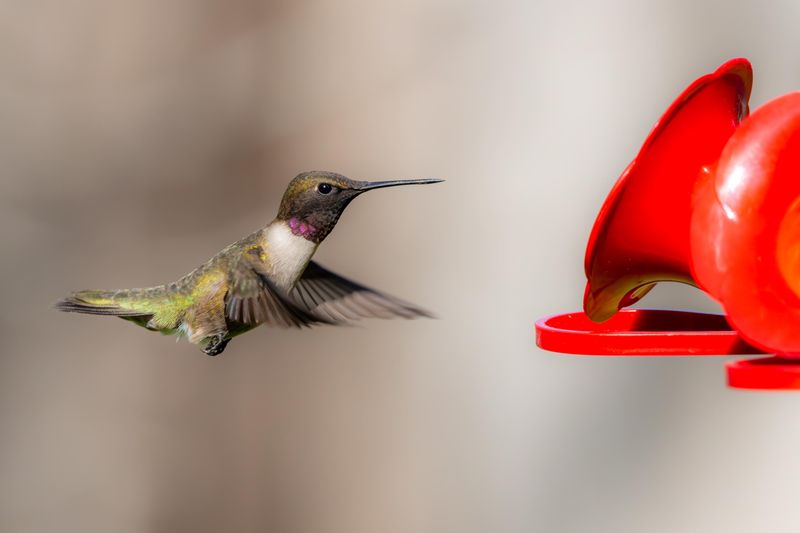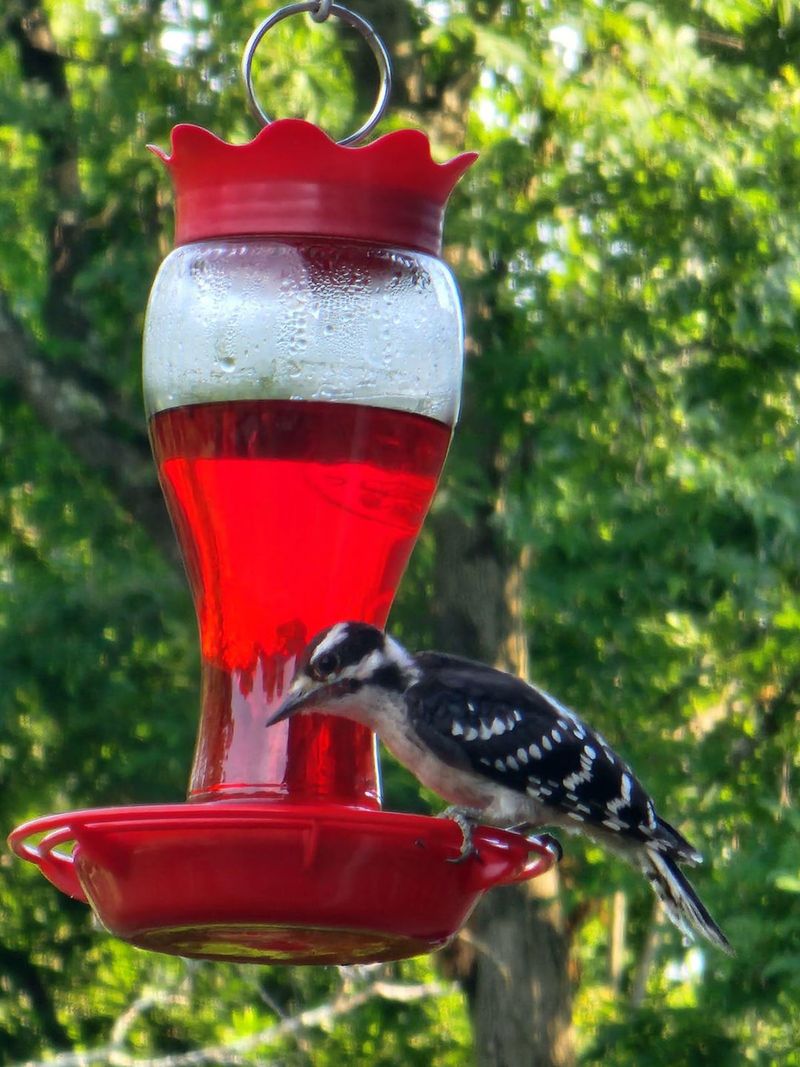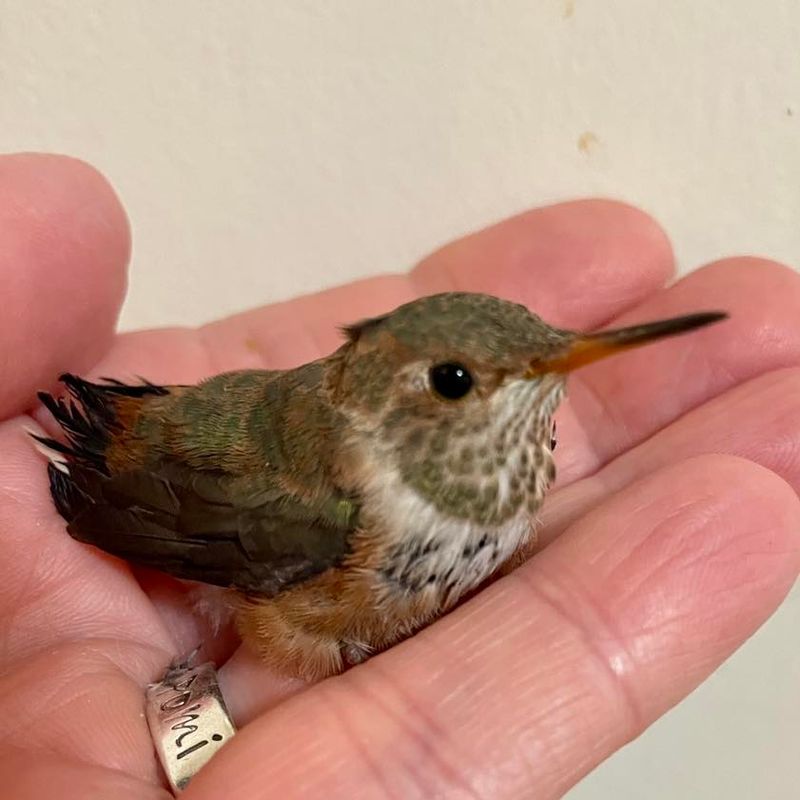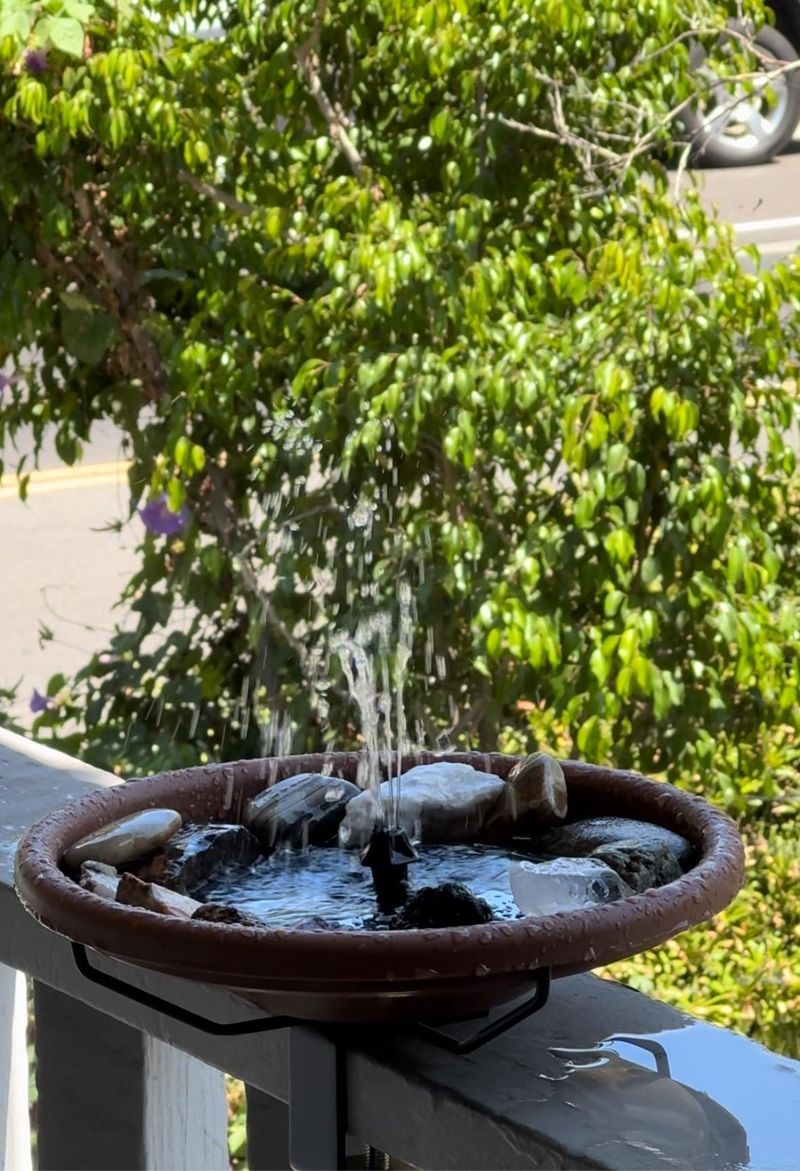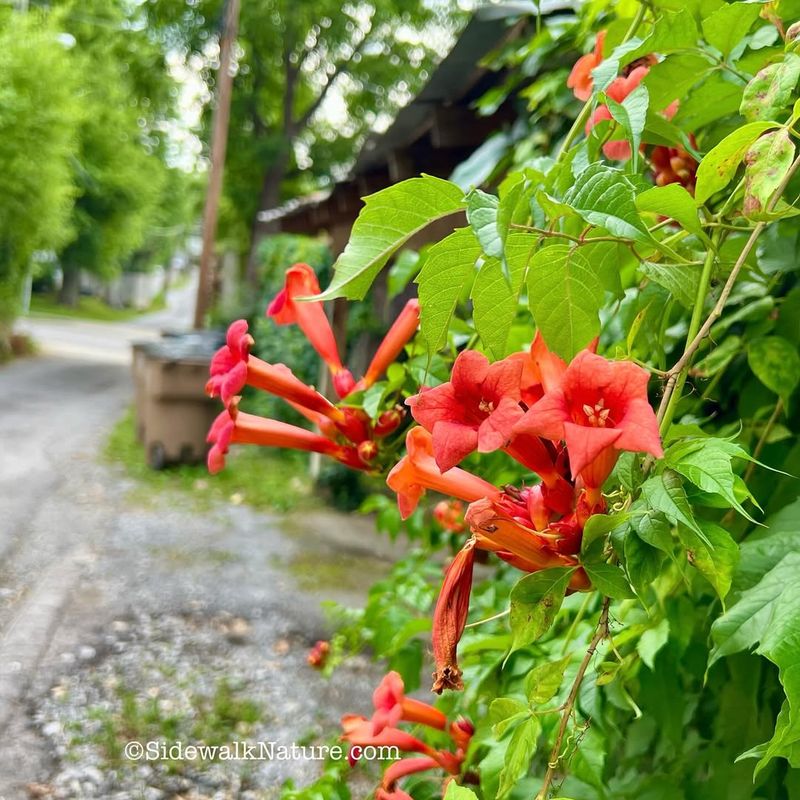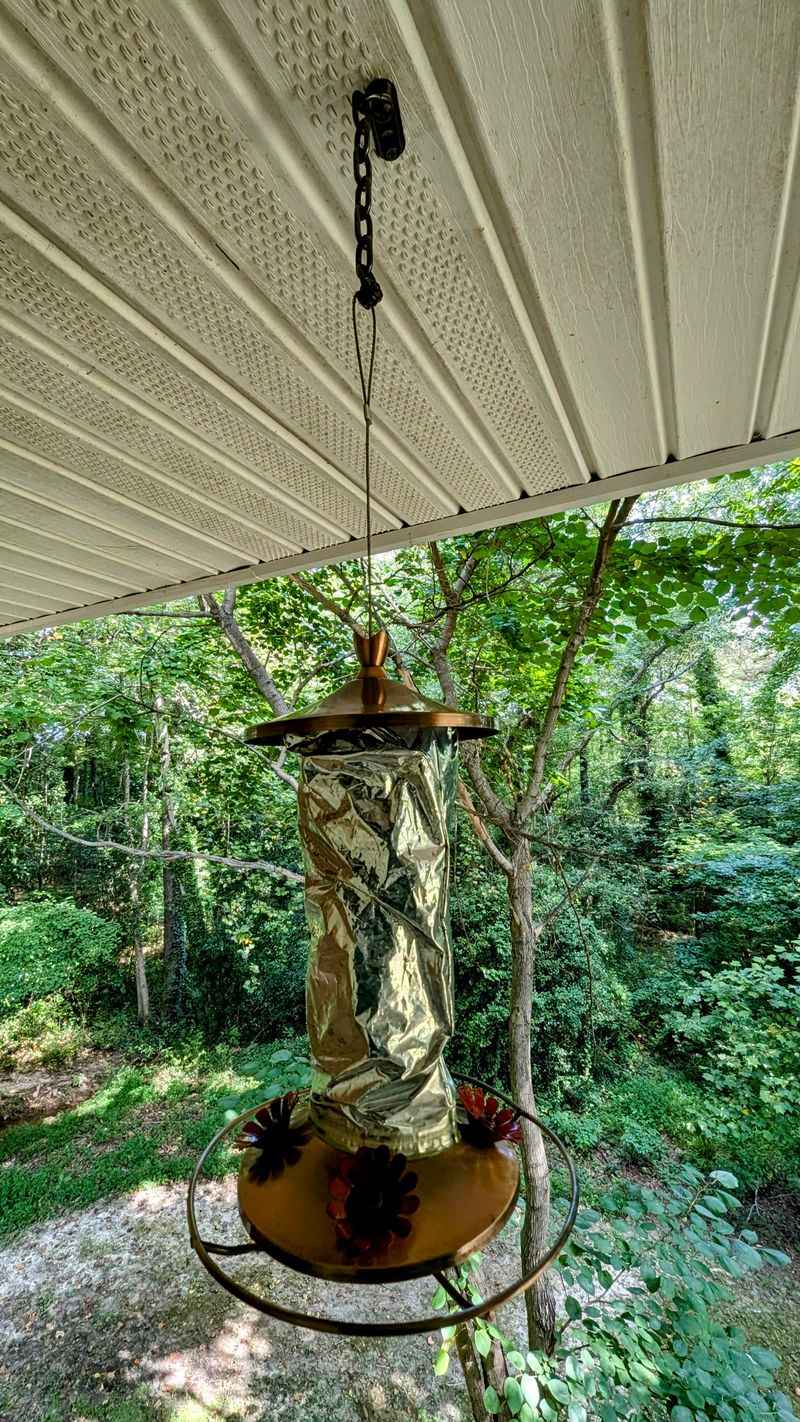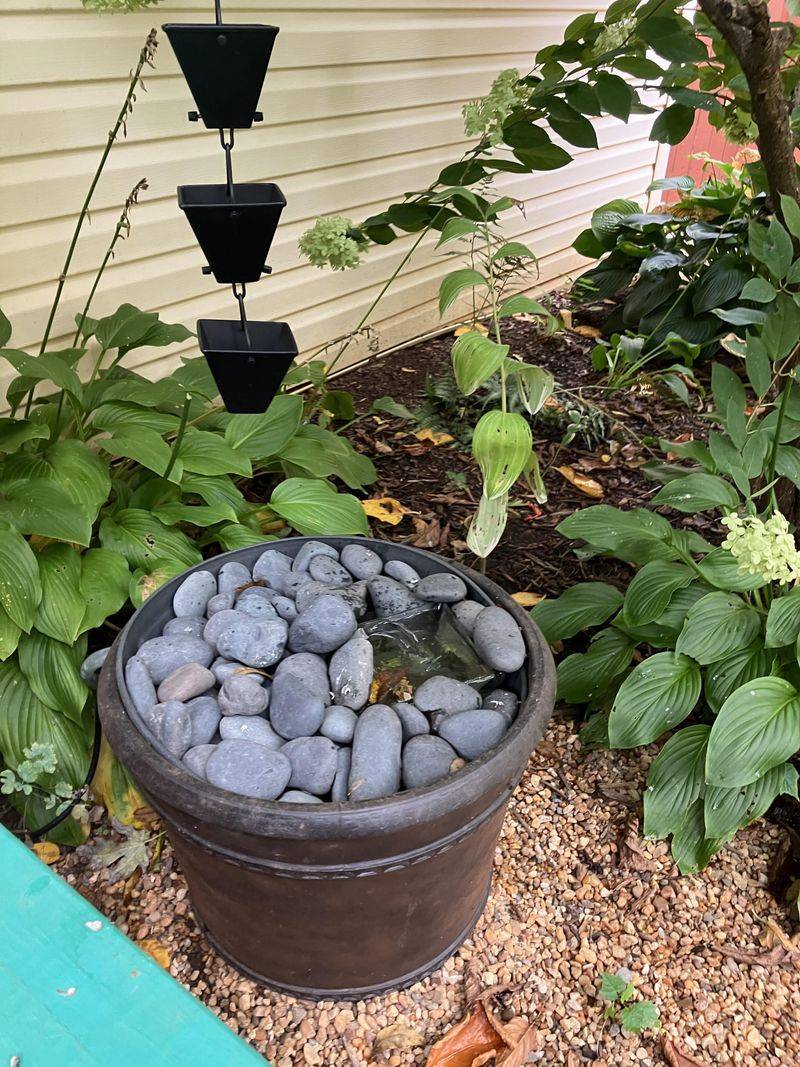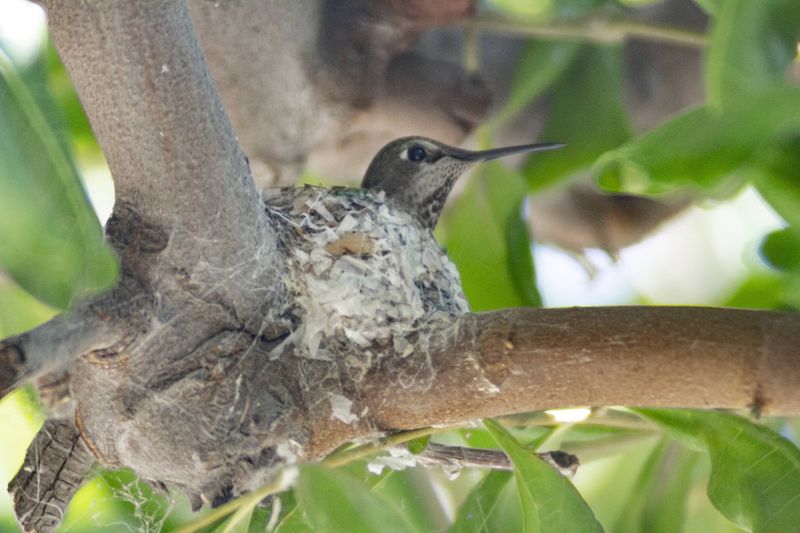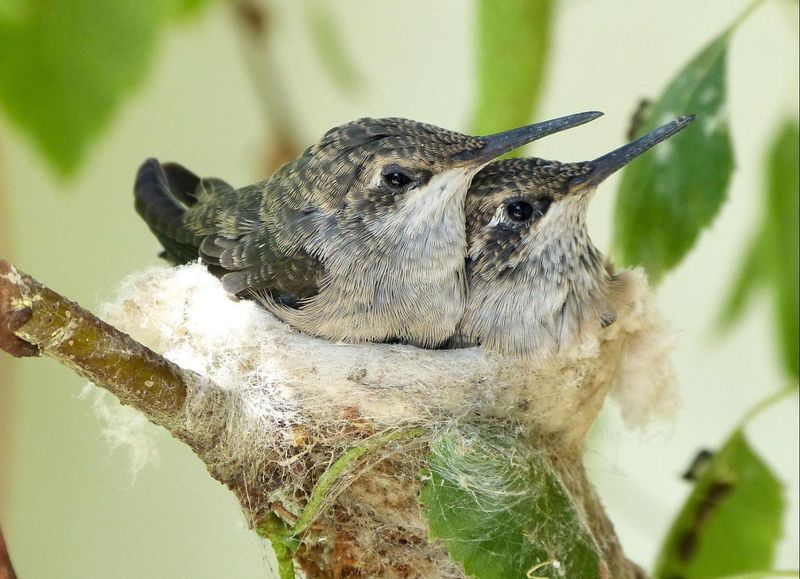I kept wondering why my feeder stayed full and the hummingbirds stopped showing up—turns out, I was making a few classic mistakes. These little flyers are picky, sensitive, and not afraid to skip a yard that feels even a little off.
From sneaky predators to wrong feeder placements, it doesn’t take much to spook them. But the good news is, once you know what’s bothering them, it’s easy to make your yard feel like home again.
Here are 10 things that could be scaring them off—and what you can do to win them back.
1. Pesticide Use
Chemicals meant to kill insects are eliminating the tiny bugs hummingbirds need for protein. These birds don’t survive on nectar alone – they require small insects to round out their diet and feed their young.
When you spray pesticides, you’re essentially removing the bird equivalent of a protein shake from their menu. Even organic options can reduce insect populations too dramatically for hummingbirds to find adequate nutrition in your yard.
2. Lack of Native Plants
Your exotic imported flowers might look stunning to human eyes, but many lack the nectar production that native plants offer. Hummingbirds evolved alongside regional flora and recognize these plants as reliable food sources.
When gardens feature primarily non-native ornamentals, hummingbirds may pass by in search of more familiar and nutritious options. Native plants typically produce more nectar and attract the insects these birds need for protein.
3. Dirty Feeders
Mold and bacteria thrive in sugar water that sits too long in feeders. These microscopic threats can cause deadly tongue infections in hummingbirds who drink from contaminated sources.
Birds communicate danger to each other, and word spreads quickly about unsafe feeding locations. Once hummingbirds associate your yard with illness, they’ll avoid it entirely. Regular cleaning prevents harmful microorganism growth that could sicken or kill these delicate creatures.
4. Territorial Bullies
Some hummingbirds, particularly males, become ferociously territorial around food sources. A single aggressive bird can chase away all other hummingbirds, making your yard seem uninviting to the majority of potential visitors.
This natural behavior helps dominant birds secure breeding rights and food access. Without multiple feeding stations spread throughout your yard, one bossy bird might monopolize your entire garden, reducing the overall hummingbird population you’ll observe.
5. Predator Presence
Outdoor cats pose a serious threat to hummingbirds, especially when they rest or feed. These tiny birds have excellent vision and will avoid areas where they’ve spotted predators lurking.
Even if your cat never catches one, its mere presence can create a stress zone hummingbirds will actively avoid. Hawks, snakes, and praying mantises are natural predators that might also scare away your colorful visitors if they become too prevalent in your garden space.
6. Excessive Noise
Constant loud noises from lawn equipment, construction, or busy roads create stress for these sensitive birds. Hummingbirds rely on hearing to detect predators and communicate with each other during breeding season.
When your yard becomes too noisy, it signals potential danger rather than peaceful feeding grounds. These birds prefer quiet environments where they can focus on feeding and remain alert to threats, making tranquil gardens more attractive than chaotic ones.
7. Red Dye in Nectar
Commercial nectar with red dye might seem appealing, but it contains unnecessary chemicals that could harm these delicate birds. The artificial coloring serves no nutritional purpose and may contribute to health problems over time.
Hummingbirds are naturally attracted to the color red without needing dye in their food. The red parts on feeders provide all the visual attraction needed, while clear sugar water offers the safest, most natural nutrition without potential toxins.
8. Limited Blooming Periods
Gardens that feature plants with short, synchronized blooming periods create feast-or-famine conditions. When everything blooms at once, nectar is abundant briefly but disappears quickly, leaving nothing for later visits.
Hummingbirds remember locations with reliable food sources throughout their active season. Without continuous blooming from various plants, they’ll establish feeding routes that bypass your yard entirely after your brief flowering period ends, seeking more dependable nectar sources elsewhere.
9. Reflective Surfaces
Large windows, mirrors, or decorative glass globes create confusing reflections that disorient hummingbirds. These tiny speedsters can’t always distinguish between real sky and reflections, leading to harmful collisions.
After a frightening or painful encounter with glass, hummingbirds often avoid the area entirely. Even near-misses create negative associations with your yard. These traumatic experiences teach birds to seek safer feeding grounds where navigation is less hazardous.
10. Lack of Water Features
Hummingbirds need more than nectar – they require places to bathe and drink fresh water. Without proper bathing options, these birds can’t maintain clean feathers essential for efficient flight and temperature regulation.
They particularly enjoy moving water from misters, drippers, or shallow fountains where they can hover while bathing. Still water in deep birdbaths doesn’t serve their needs well, as their tiny legs aren’t designed for standing in conventional birdbaths like larger species.
11. Plant Native Trumpet Flowers
Trumpet-shaped blooms like cardinal flower, bee balm, and native columbine produce abundant nectar perfectly matched to hummingbird beaks. These natural nectar factories evolved specifically to attract these specialized pollinators.
The tubular shape keeps rain from diluting nectar while excluding competing insects with shorter tongues. Native varieties typically produce more nectar than hybrid ornamentals, making them irresistible to hungry hummingbirds searching for efficient energy sources.
12. Create Sugar Water Stations
Homemade nectar using the simple ratio of one part white sugar to four parts water mimics natural flower nectar perfectly. This solution provides essential energy without the harmful additives found in commercial mixes.
Place multiple feeders in different yard zones to prevent territorial bullying. Remember to clean feeders thoroughly twice weekly in hot weather to prevent deadly mold growth. Fresh solution and clean feeding ports will quickly establish your yard as a reliable refueling stop.
13. Install Moving Water Features
Hummingbirds adore fine mists and gentle water droplets for bathing while hovering. A simple dripper attachment for existing birdbaths or a dedicated mister creates the perfect bathing station for these aerial acrobats.
The sound of moving water naturally attracts birds while helping them locate this essential resource from afar. During hot weather, these water features become particularly important as hummingbirds need to cool down and maintain clean feathers for efficient flight.
14. Provide Perching Spots
Contrary to popular belief, hummingbirds spend most of their time perching, not flying. These tiny birds need convenient resting spots with clear views of feeding areas to conserve energy between meals.
Small bare branches, sturdy plant stems, or decorative garden stakes create perfect surveillance perches. Position these resting spots within sight of feeders and flowers but away from potential hiding places for predators. This security feature makes your yard feel safe for extended visits.
15. Create Nesting Material Stations
Female hummingbirds build walnut-sized nests using spider silk, plant down, and lichen. Providing these materials encourages nesting in your yard, which means guaranteed daily visitors throughout breeding season.
Hang mesh bags containing natural cotton fibers, plant fluff from milkweed or cattails, and small pieces of lichen where females can easily find them. Avoid synthetic fibers or human hair which can entangle tiny feet or contain harmful chemicals from hair products.

